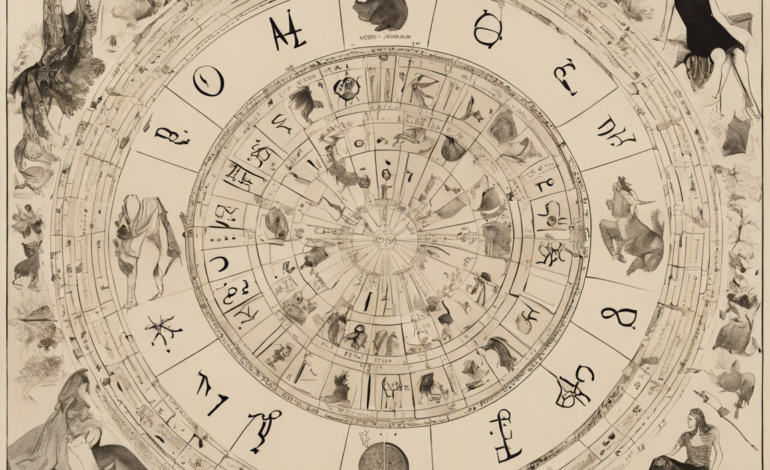
The Magnificent Sanchi Stupa: A Symbol of Ancient India
Introduction
In the heart of India, nestled on a hilltop in the state of Madhya Pradesh, lies a remarkable monument that stands as a testament to ancient Indian art, architecture, and spirituality – the Sanchi Stupa. This ancient Buddhist structure, also known as the Great Stupa, is considered one of the oldest and most well-preserved stupas in the world, offering a glimpse into the rich cultural heritage of India. Let us delve deeper into the history, architecture, significance, and preservation of this magnificent monument.
History of the Sanchi Stupa
The Sanchi Stupa was commissioned by the Mauryan emperor Ashoka in the 3rd century BCE, during the golden age of Buddhism in India. It was built to enshrine the relics of Lord Buddha and serve as a symbol of his teachings. Over the centuries, the stupa underwent several phases of expansion and renovation, with each successive ruler adding their own architectural and artistic contributions to the structure.
Architecture and Design
The Great Stupa at Sanchi is an architectural marvel, characterized by its simple yet elegant design. The stupa is built in the shape of a hemisphere, symbolizing the dome of the heavens. Its dome is crowned by a rectangular structure called the harmika, which is adorned with a set of four gateways or toranas. These gateways are intricately carved with scenes from the life of Buddha, Jataka tales, and various mythological motifs, making them invaluable treasures of Indian art.
Significance of the Sanchi Stupa
The Sanchi Stupa holds immense significance in the history of Buddhism and Indian culture. It served as a major pilgrimage site for Buddhists from around the world and played a crucial role in the spread of Buddhism across Asia. The inscriptions and carvings on the stupa also provide valuable insights into the social, cultural, and religious life of ancient India, making it a key archaeological site for historians and researchers.
Preservation Efforts
In recognition of its historical and cultural importance, the Sanchi Stupa was designated a UNESCO World Heritage Site in 1989. Various conservation and restoration efforts have been undertaken to preserve the stupa and its surrounding monuments. These efforts aim to protect the integrity of the structure and ensure that future generations can continue to appreciate the beauty and significance of this ancient wonder.
Visitor Experience
Today, the Sanchi Stupa continues to attract visitors from all corners of the globe who come to marvel at its timeless beauty and spiritual aura. The site offers a serene and peaceful atmosphere, ideal for contemplation and reflection. Visitors can explore the intricately carved gateways, meditate in the surrounding gardens, and immerse themselves in the rich history and symbolism of the stupa.
Conclusion
The Sanchi Stupa stands as a living testament to the enduring legacy of Buddhism and the artistic excellence of ancient India. Its timeless beauty, architectural significance, and historical importance make it a must-visit destination for anyone interested in exploring the rich tapestry of Indian culture and heritage. As you stand in awe of this magnificent structure, you can’t help but feel a profound sense of connection to the ancient past and the wisdom of the ages that continue to resonate through the stones of Sanchi.
Frequently Asked Questions (FAQs)
- When was the Sanchi Stupa built?
-
The Sanchi Stupa was commissioned by Emperor Ashoka in the 3rd century BCE.
-
What is the significance of the Sanchi Stupa?
-
The stupa is a symbol of Buddhism and Indian culture and played a crucial role in the spread of Buddhism across Asia.
-
Why is the Sanchi Stupa considered an architectural marvel?
-
The stupa’s intricate carvings, elegant design, and historical importance make it a unique architectural masterpiece.
-
What is the UNESCO World Heritage status of the Sanchi Stupa?
-
The stupa was designated a UNESCO World Heritage Site in 1989 in recognition of its cultural and historical significance.
-
Can visitors explore the Sanchi Stupa today?
-
Yes, the site is open to visitors who can explore the stupa, its gateways, and surrounding monuments.
-
What kind of carvings can be found on the gateways of the Sanchi Stupa?
-
The gateways are adorned with carvings depicting scenes from the life of Buddha, Jataka tales, and various mythological motifs.
-
What efforts have been made to preserve the Sanchi Stupa?
- Various conservation and restoration efforts have been undertaken to protect the stupa and its surrounding monuments.

